3 Yoga Poses for Better Sleep
Discover 3 calming yoga poses designed to promote better sleep. These gentle stretches and poses help relax your body, reduce stress, and prepare your mind for a restful night. Incorporating these simple routines into your evening can improve sleep quality and promote relaxation for a peaceful night’s rest.
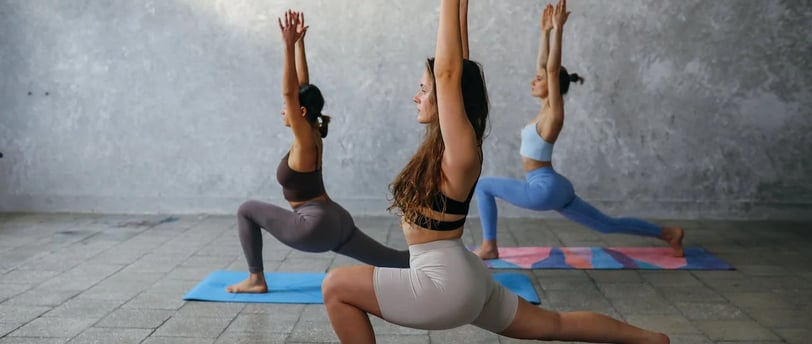

In today’s fast-paced world, finding effective ways to unwind and ensure restful sleep is more important than ever. Among various strategies, practicing yoga offers a marvelous approach to enhance sleep quality. Specifically, incorporating 3 yoga poses for better sleep can transform your bedtime routine and pave the way for a peaceful night.
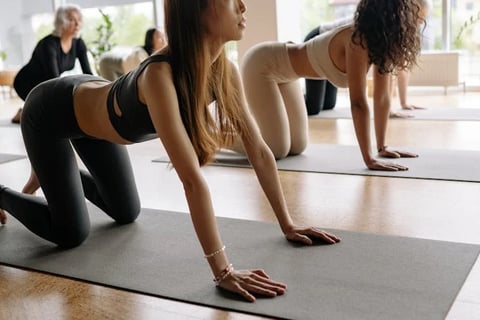

Understanding Sleep and Its Importance
To appreciate the benefits of yoga for sleep, it’s essential to understand why sleep is critical in our lives. Sleep restores our bodies, reinforces our immune systems, and plays a crucial role in cognitive functions such as memory and learning.
Sleep disturbances can lead to irritability, decreased performance, and chronic health issues if left unaddressed. Thus, establishing a healthy bedtime routine that includes yoga can help mitigate stress and encourage relaxation. Through intentional movements and mindful breathing, practicing yoga prepares our bodies for sleep in ways that transcend tension and promote tranquility.
The Science Behind Yoga and Sleep
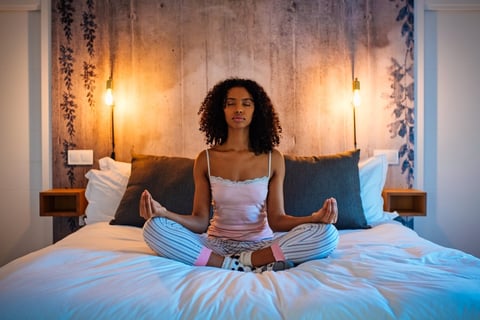

The connection between yoga and sleep can be observed through various physiological and psychological pathways. Practicing yoga activates the parasympathetic nervous system, which reduces stress and lowers heart rates.
Moreover, yoga reduces levels of cortisol, the stress hormone that often interferes with our ability to sleep. By calming the mind and body, yoga introduces a state of awareness that makes slipping into sleep more effortless. Furthermore, as you engage in yoga poses, you cultivate a deeper connection to your breathing, which can translate into a more grounded and peaceful mindset before bed.
Finding the Right Space for Yoga Practice
Creating an environment conducive to yoga practice is integral to establishing a calming pre-sleep routine.


Set the Mood with Gentle Lighting
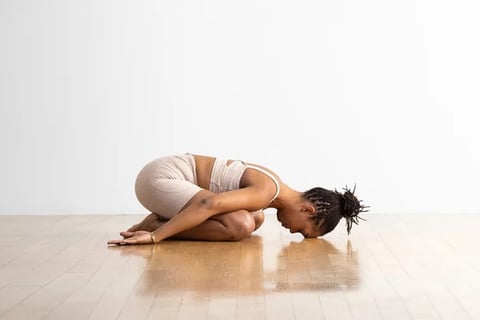

The first step in creating this peaceful space involves lighting. Reducing bright lights in the evening can signify to your body that it is time to unwind. Consider using soft, warm light or candlelight as you practice your yoga poses.
The gentler illumination not only enhances relaxation but also helps in gradually lowering melatonin production, setting the stage for quality sleep.
Incorporate Soothing Scents
Introducing pleasant scents can further enhance your yoga practice and help you wind down. Aromatherapy with essential oils such as lavender or chamomile evokes feelings of sleepiness and comfort.
You might consider using a diffuser or simply light some incense to fill the space with a gentle fragrance that nourishes the senses and further encourages a state of relaxation.
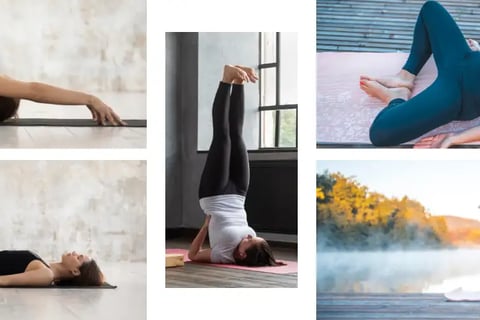

Eliminate Distractions
It's also vital to ensure that your practice space remains free of interruptions. Turning off electronic devices or putting them in another room can help you maintain mindfulness.
Creating an atmospherically calming environment cultivates a powerful intention that allows the night’s yoga practice to guide you into restorative sleep, enhancing the overall effectiveness of the exercises you'll practice.
3 Yoga Poses for Better Sleep to Try for Better Sleep
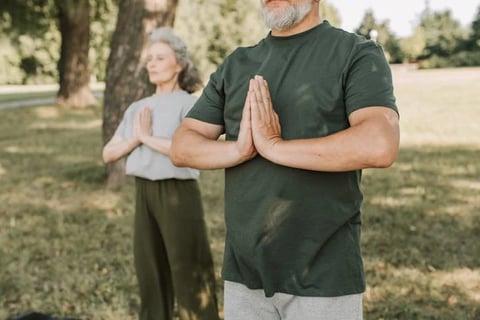

Deeply beneficial yoga poses can significantly impact your sleep quality. Integrating specific asanas into your pre-sleep routine offers both physical and mental relaxation.
Child's Pose - 1 in 3 yoga poses for better sleep
Child’s Pose is a restorative position that promotes relaxation and alleviates tension.
The act of folding your body allows for introspection and a wonderful sense of security. When you lower your hips back towards your heels and stretch your arms forward, you create a gentle stretch along the spine.
This pose quiets the mind and is particularly effective for those who experience racing thoughts at bedtime. By focusing on your breath, you can cultivate mindfulness and a deeper sense of presence, helping induce a peaceful state conducive for sleep.
Legs-Up-the-Wall Pose
The Legs-Up-the-Wall pose is another wonderful asana to incorporate into your evening routine.
Lying on your back with your legs elevated against the wall creates a calming inversion that helps with blood circulation and alleviates any swelling in the ankles or feet, which can often lead to discomfort while trying to sleep.
This inversion encourages relaxation of the nervous system and can help relieve anxiety as well. It's often recommended for calming the mind; the combination of stillness and breath creates a serene atmosphere perfect for winding down.
Reclined Bound Angle Pose
The Reclined Bound Angle Pose is delightful for releasing tension in the hips and promotes a sense of openness in both the body and heart.
By lying on your back with the soles of your feet together and knees falling open, you can visually and physically embody surrender. This deep release in the hip area allows for the calming of the mind, opening space for profound relaxation, which is crucial when aiming for better sleep.
Allow yourself to breathe deeply in this pose, noticing how your body feels in stillness.
Each of these poses, when practiced with mindful breathing, prepare your body for rest, reducing anxiety and rebalancing energies, promoting an atmosphere of serenity.
Incorporating Breathwork with Yoga
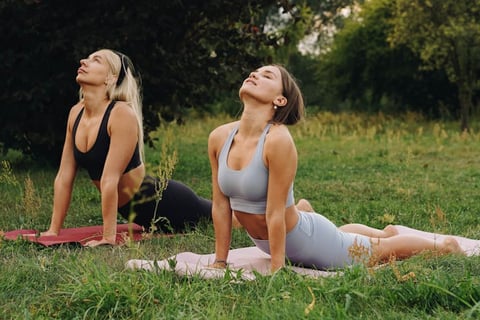

Breathwork can enhance the effectiveness of your yoga practice for better sleep significantly.
The Art of Deep Breathing
Incorporating deep, mindful breaths into your yoga poses invites a deeper state of relaxation. Traditionally, when practicing yoga, it’s encouraged to inhale through the nose, allowing the belly to expand, which promotes relaxation.
Exhalation through the mouth helps release tension and signal the body to wind down. Use this technique within each pose, focusing your awareness on your breath, enabling your body to release what no longer serves it.
Utilizing the 4-7-8 Breathing Technique
This breathing technique has gained popularity for its immediate calming effects and easy integration into yoga practice.
The 4-7-8 method entails inhaling through the nose for four counts, holding the breath for seven counts, and exhaling through the mouth for eight counts. This practice increases oxygen flow, promoting a sense of calm almost instantaneously.
Practicing this technique during or after your poses cultivates an additional layer of relaxation, enhancing your journey toward improved sleep.
Connecting Breath with Movement
As you advance through each yoga pose, create a harmonious rhythm of breath and movement.
This connection allows you to transition fluidly between poses while maintaining awareness of your body and mind. By uniting breath and movement, you embody a sense of harmony and tranquility, gently nudging you toward sleep.
Frequently Asked Questions
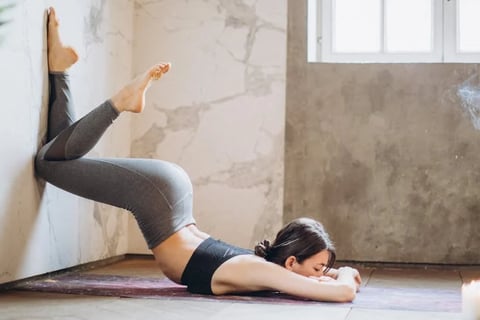

How long should I practice yoga before bed for optimal sleep benefits?
To enjoy maximum sleep benefits, aim for a 20-30 minute yoga session in the evening. However, even a few minutes of dedicated practice can create a calming effect. Establish a routine that suits you best and gradually increase the duration as you become more comfortable.
Are there specific times of the day that are best for practicing yoga for sleep?
While evening practice is beneficial, many people find that engaging in gentle yoga throughout the day enhances their overall mood and relaxation, ultimately contributing to better sleep. Listen to your body and find the time of day that works best for you.
Can yoga help with chronic insomnia?
Yoga can be a powerful complementary approach for individuals experiencing chronic insomnia. Targeted poses and breathing exercises can relieve tension and promote relaxation, which address the underlying issues often associated with insomnia.
What should I avoid while practicing yoga for sleep?
Avoid strenuous yoga or poses that require excessive engagement or stimulation of the mind and body, such as vigorous flow styles, prior to sleep. Instead, focus on restorative and gentle poses that encourage relaxation.
How can I create a calming atmosphere for my yoga practice at home?
Creating a calming atmosphere requires soft lighting, soothing scents, and a clean, uncluttered environment. Listen to calming music or nature sounds and make your practice space inviting to cultivate a peaceful mindset.
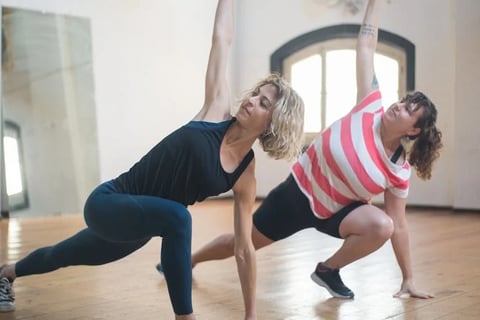

Video
Conclusion
Incorporating 3 yoga poses for better sleep into your nightly routine can profoundly impact your overall well-being. By combining gentle movements with mindful breathing, creating a suitable environment, and developing a deeper connection to yourself, you set the stage for restorative sleep.
As you embrace this practice, remember that all these elements are interconnected; they encourage not just better sleep but an overall sense of mindfulness and peace that carries into your waking life. Embrace the journey to tranquility, and enjoy the stillness that follows.


Discover tips for sleep, detox, and mindfulness.
© 2024. All rights reserved.
